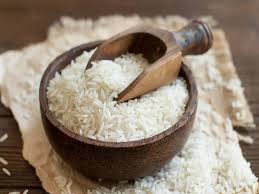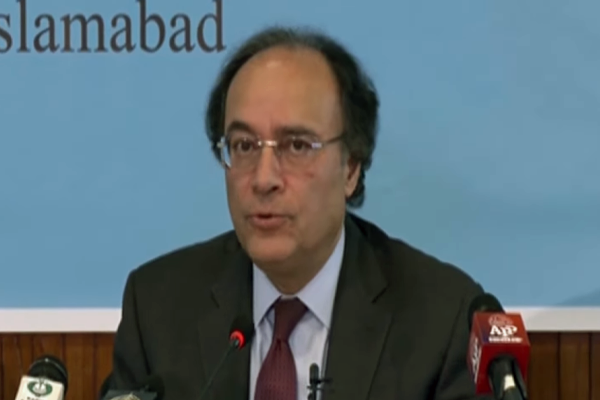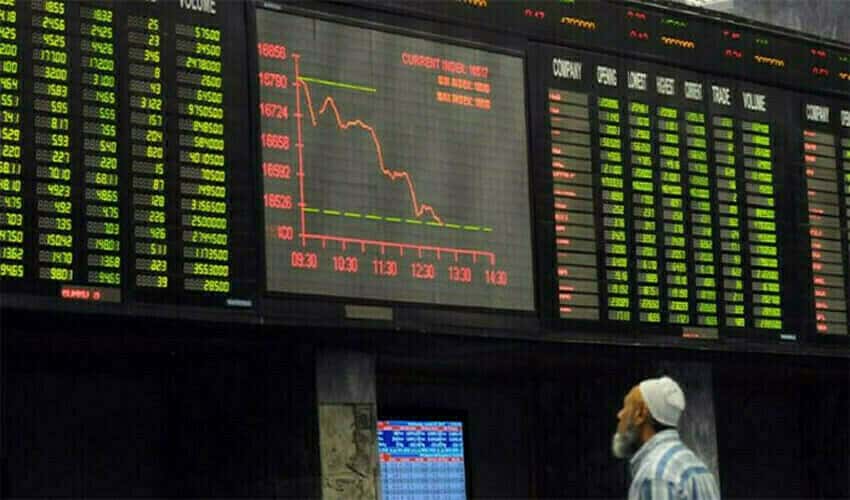Pakistan’s rice export sector, a key pillar of the country’s foreign exchange earnings, faced a significant blow in the fiscal year 2024–25 (FY25) as export revenues declined sharply due to falling global prices. According to a report released by Optimus Capital Management on Monday, the country’s total rice exports stood at 5.8 million metric tons (MMT) during FY25, reflecting a minor 3.7% decrease compared to 6 MMT recorded in the previous year (FY24).
However, the real setback was observed in export earnings. Total rice export revenue dropped 14.7% year-on-year, from $3.93 billion in FY24 to $3.36 billion in FY25. Analysts and traders attribute the slump primarily to the global price crash, especially in the non-basmati rice category, which constitutes over 85% of Pakistan’s rice export volume.
The non-basmati segment bore the brunt of the international pricing downturn. Export volume for non-basmati rice declined by 4.7%, while the value of these exports plummeted by 17.4%, revealing the severity of pricing pressure in global markets. In FY25, Pakistan earned $2.52 billion from non-basmati rice exports, down from $3.05 billion in FY24.
Much of this pressure came from Asian and African markets, where bulk purchases are price-sensitive, and competitors like India and Thailand continue to offer rice at lower rates.
The situation with basmati rice, traditionally considered a premium product and largely exported to Europe, the Middle East, and North America, was mixed. While export volume increased by 3%, reaching 797,000 metric tons, the earnings saw a dip of 5.2%, from $877 million in FY24 to $832 million in FY25.
This paradoxical trend—higher volume but lower revenue—is directly tied to the average export price dropping 9.1% year-on-year, from Rs320.8 per kilogram in FY24 to Rs291.6 per kilogram in FY25. The weakening price reflects global oversupply and reduced consumer demand in some key markets due to inflationary pressures and economic downturns.
The data for June 2025 offers a snapshot of the ongoing challenges. Compared to May 2025, rice exports fell by 40.6%, and the year-on-year comparison with June 2024 shows a decline of 37.1% in volume. Export earnings in June 2025 were recorded at just $150 million, which marks a 50% decline year-on-year and a 37.4% drop from the previous month.
This monthly trend underscores the deteriorating market conditions and the urgent need for exporters to explore diversified markets and value-added products to regain momentum.
Another worrying trend is that the share of rice in Pakistan’s overall exports dropped to 10.5% in FY25, from 12.8% in FY24. This contraction is significant, given that rice has long been Pakistan’s second-largest export after textiles.
Although the country has maintained its position among the world’s top rice exporters, the falling earnings highlight its vulnerability to global market dynamics, especially in commodity-based exports.
Despite the downturn, rice remains one of the most vital agricultural exports for Pakistan. It plays a crucial role in foreign exchange earnings and rural employment, supporting hundreds of thousands of farmers, millers, and traders. With global demand expected to normalize over time, stakeholders believe there is room for recovery.
Industry experts stress the importance of policy support, better quality control, branding, and market diversification to strengthen Pakistan’s position in the international rice market. There is also growing emphasis on improving supply chain logistics and enhancing traceability standards to meet the compliance requirements of European and Middle Eastern markets.
To navigate the current crisis and reclaim momentum, experts recommend the following:
Government subsidies or support mechanisms to offset the impact of declining global prices.
Promotion of value-added rice products, such as packaged and ready-to-cook meals, to fetch higher returns.
Exploration of non-traditional markets in Africa, Central Asia, and South America.
Implementation of modern agricultural practices to improve yield and reduce production costs.
Strengthening bilateral trade agreements for stable market access and long-term export contracts.




